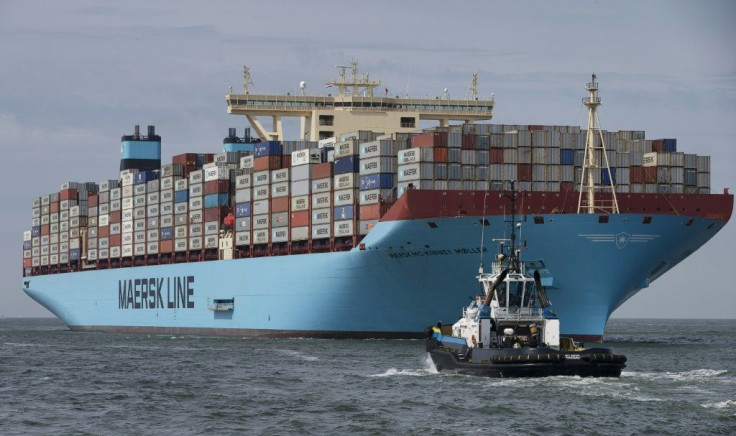CO2 Pollution Bounces Back, Climate Goals At Risk: IEA
Global CO2 emissions have returned to pre-pandemic levels and then some, threatening to put climate treaty targets for capping global warming out of reach, the International Energy Agency said Tuesday.
Energy-related emissions were two percent higher in December 2020 than in the same month a year earlier, driven by economic recovery and a lack of clean energy policies, the IEA said in a report.
"The rebound in global carbon emissions toward the end of last year is a stark warning that not enough is being done to accelerate clean energy transitions worldwide," IEA executive director Fatih Birol said in a statement.

"If governments don't move quickly with the right energy policies, this could put at risk the world's historic opportunity to make 2019 the definitive peak in global emissions."
A year ago, the intergovernmental agency called on governments to put clean energy at the heart of economic stimulus plans, but the appeal appears to have fallen on deaf ears for the most part.
"Our numbers show we are returning to carbon-intensive business-as-usual," Birol said.

In China, carbon pollution last year exceeded 2019 levels by more than half a percent despite a draconian, though brief, lockdown to halt the virus' spread.
China -- which accounts for more than a quarter of global CO2 output -- was the only major economy to grow in 2020.
Other countries are also now seeing emissions climb above pre-Covid crisis levels, the report found.

In India, they rose above 2019 levels from September as economic activity increased and Covid restrictions relaxed.
The rebound of road transport in Brazil from May drove a recovery in oil demand, while increases in gas demand toward the end of 2020 pushed emissions above 2019 levels in the final quarter.
US emissions fell by 10 percent in 2020, but by December were approaching levels from the year before.

"If current expectations for a global economic rebound this year are confirmed -- and in the absence of major policy changes in the world's largest economies -- global emissions are likely to increase in 2021," Birol said.
A sharp surge in economic activity -- and the pollution that comes with it -- is more the norm than the exception after an economic downturn.
Annual GDP growth and CO2 emissions, for example, both spiked after the Great Recession of 2008.
But as pressure builds to tackle the climate crisis, there are encouraging signs that major emitters are taking steps to decouple economic growth from planet-warming carbon emissions, Birol noted.
China's surprise committment to become carbon neutral by 2060, the Biden administration's ambitious climate agenda along with the US reentry into the Paris Agreement, and the European Union's Green New Deal all point in the right direction, he said.
"India's stunning success with renewables could transform its energy future," he added.
Global emissions plunged by almost two billion tonnes in 2020, the largest absolute decline in history.
More than half of that decline was due to lower use of fuel for road transport and aviation.
The 2015 Paris Agreement enjoins nations to cap the rise in global temperatures "well below" two degrees Celsius compared with preindustrial levels, and to strive for a cieling of 1.5C if possible.
Earth's surface is already 1.1C warmer on average, enough to increase the frequency and intensity of deadly heatwaves, droughts and superstorms made more destructive by rising seas.
In May, the IEA is to publish its first global road map on how the energy sector can reach net-zero by 2050.
© Copyright AFP 2024. All rights reserved.




















